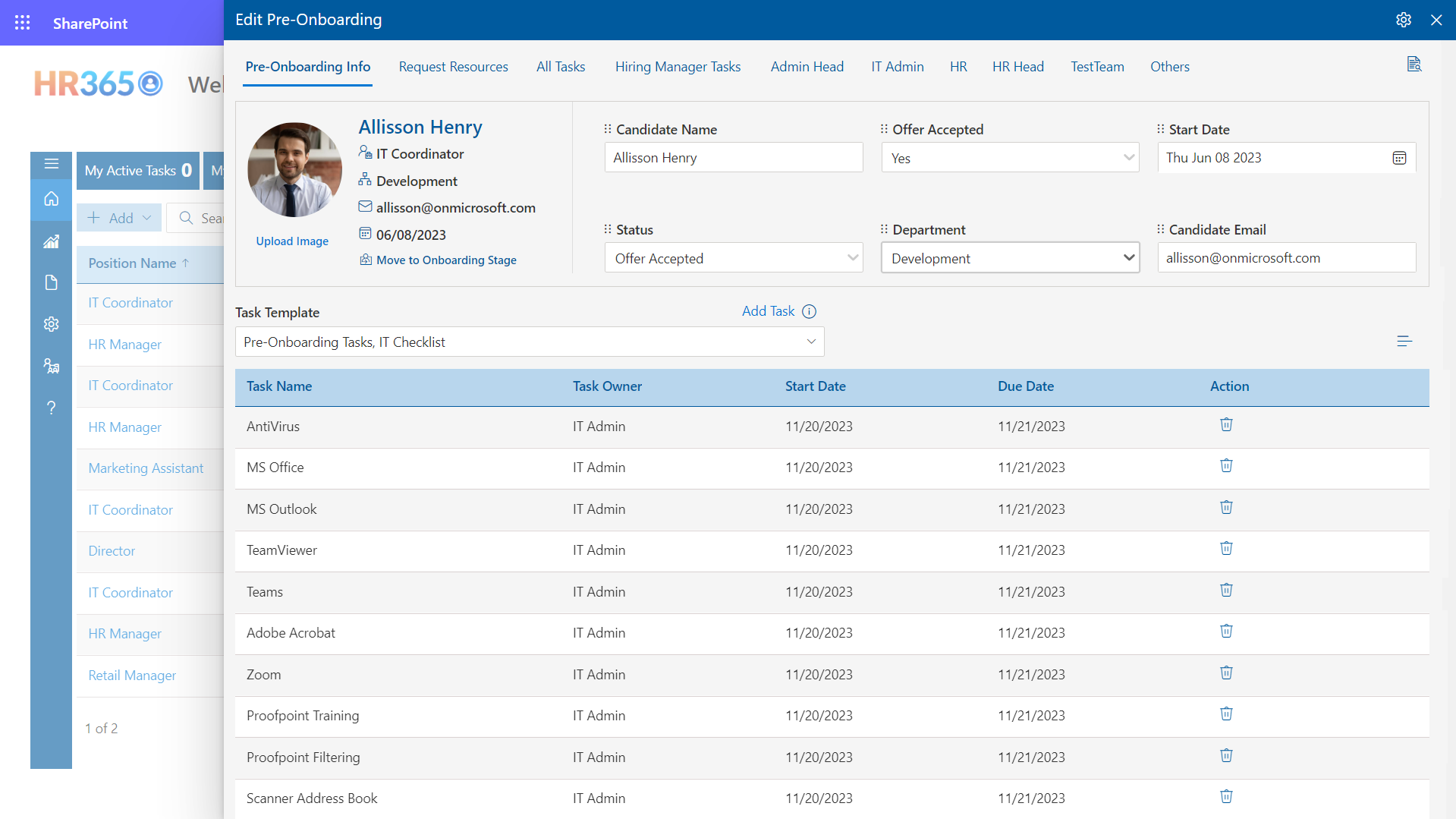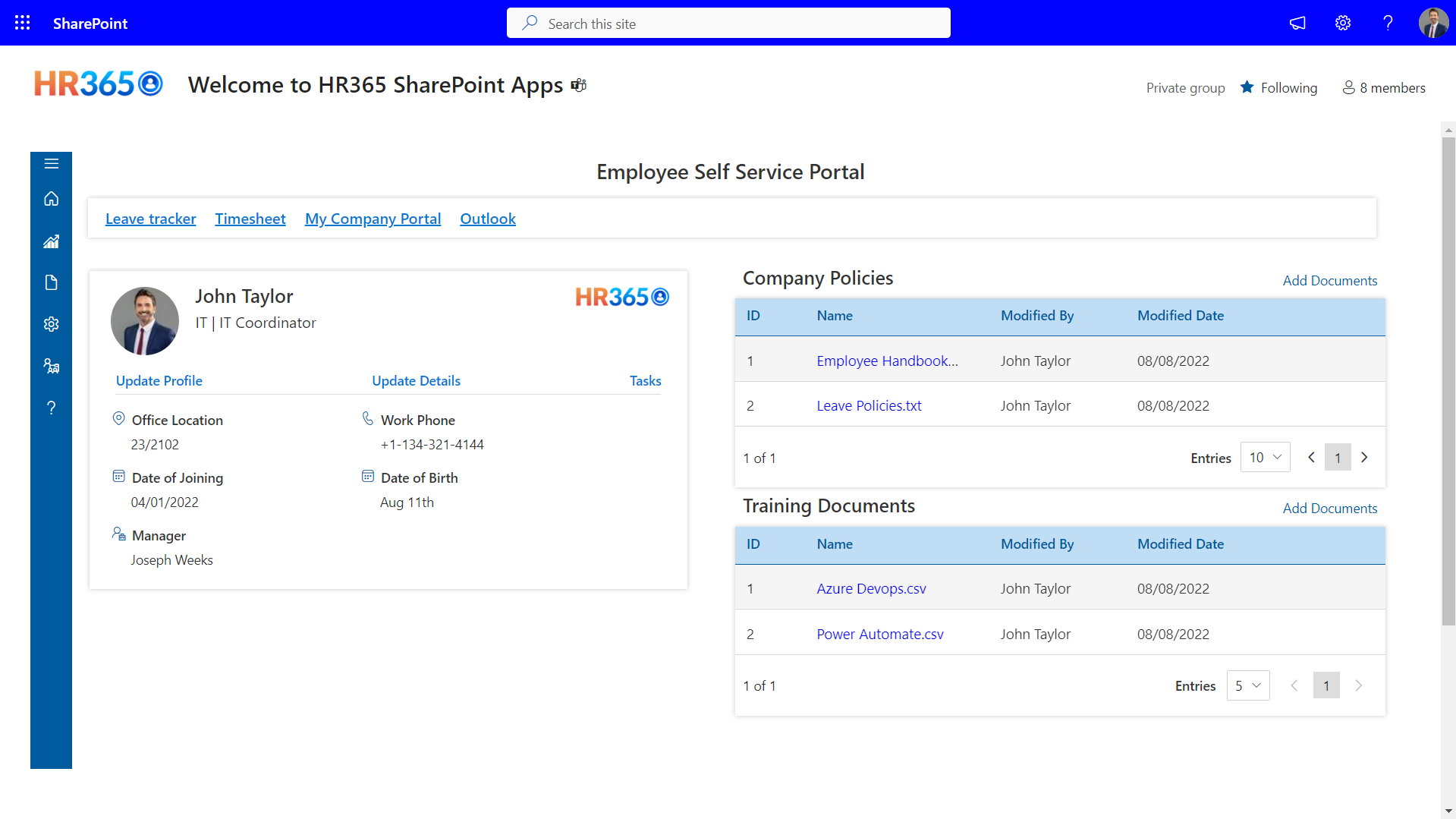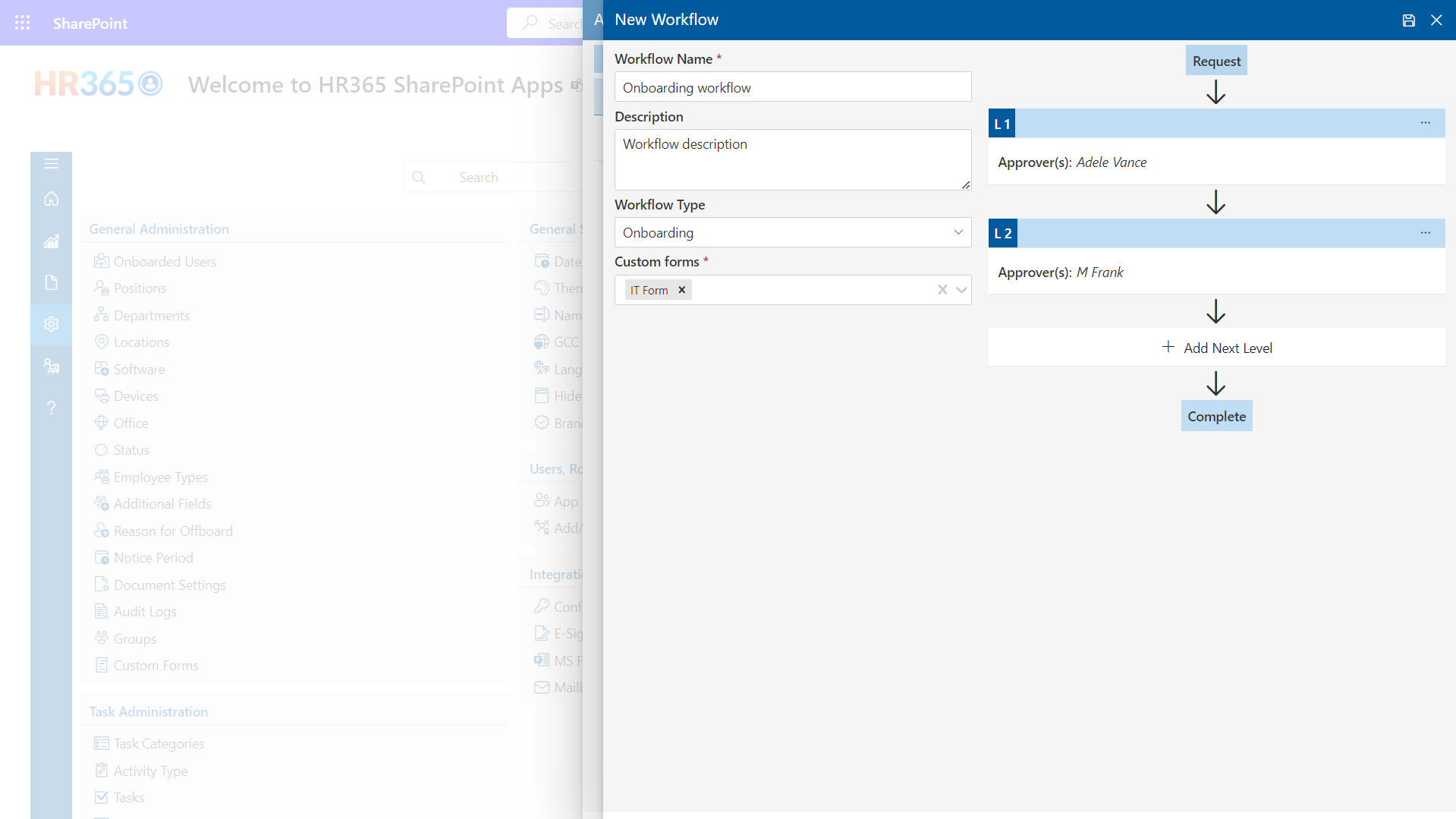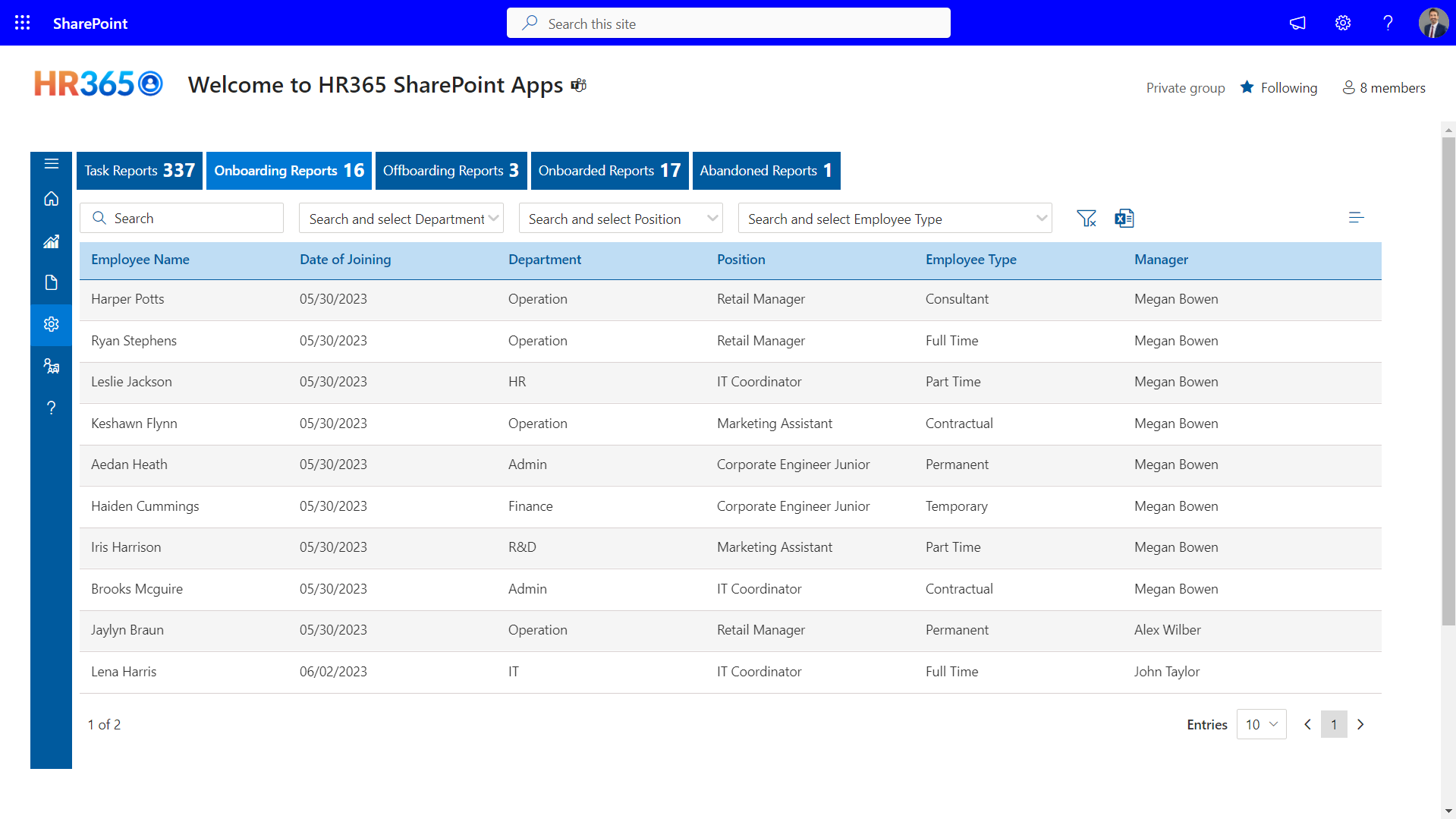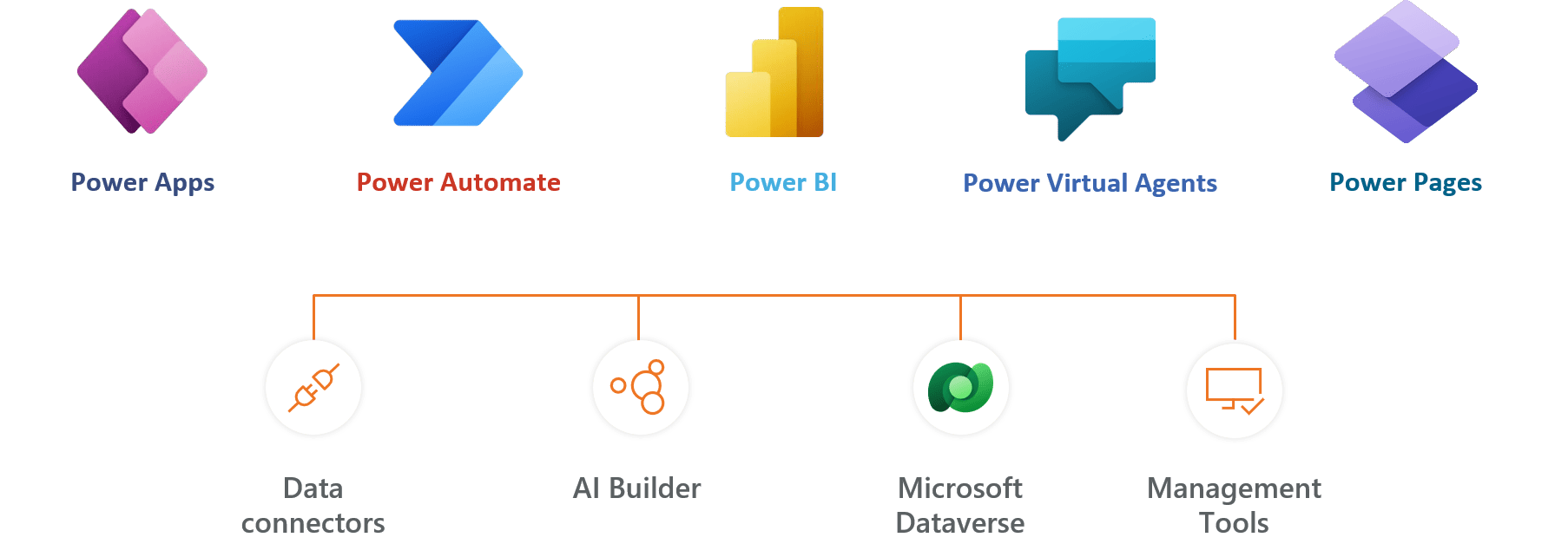First stepping stone: Releasing of offer The employee onboarding process starts soon after the recruitment process is completed. Once a candidate is selected, an HR team shares a warm welcome email with a few essential documents like the offer letter, new hire welcome packet, links to fill out digital employee onboarding forms, and policy documents. Reaction from the New hire: Offer Acceptance or denial Once the new hire accepts or denies the offer, as the best practice the organizations should schedule a quick call to review the digital employee onboarding forms, benefits, and policies, and set expectations. Keeping the new hires engaged will affirm their choice to accept the offer.
Upon receiving positive feedback on the offer, it is important to kick-start the employee orientation. Waiting period: Critical period It is very important to know if the new hire just accepted the offer, but it doesn’t promise that they’ll turn up for the date of joining. During the waiting period, the employee might be open to offers from other potential employers as well. So, it is very crucial for the organization to build a good rapport with the new hire. Let the new hire know they’re valued. It is essential to have a plan during their waiting period while the employee onboarding process.
Last milestone: The day of joining On the first day, most new hires have mixed emotions. They feel anxious, happy, excited, and nervous at the same time. So, the primary duty of HR managers is to ensure that the new hires feel welcome and comfortable. Having a handy employee onboarding checklist will relieve the stress of HR staff. Here are a few things to do before the day of joining: Keep the orientation schedule ready Assign IT assets (workstation, email access, etc.) Obtain necessary office supplies (furniture, keys, access card, etc.)
Set up a salary account Assign a mentor or go-to-person who can help the employee settle down Coordinating with other departments It is essential to coordinate with key stakeholders (co-workers and managers) and notify them of the start date of the new hire via the employee onboarding platform.
Training and orientation sessions give the new hire an overview of the organization’s culture and an insight into company OKR. This phase offers new hires relevant information about the teams within the company, team processes, and company policies. This is the right time to set role-based goals and objectives for the next 30/ 60/ 90 days to show the new hires what they need to focus on. First bridge: The first quarter
The major objective of this period is to review the expectations of the organizations and the employee and ensure they match. This phase needs to be filled with active dialogues about the progress and continued efforts of the new hire in becoming an integral part of the organization.
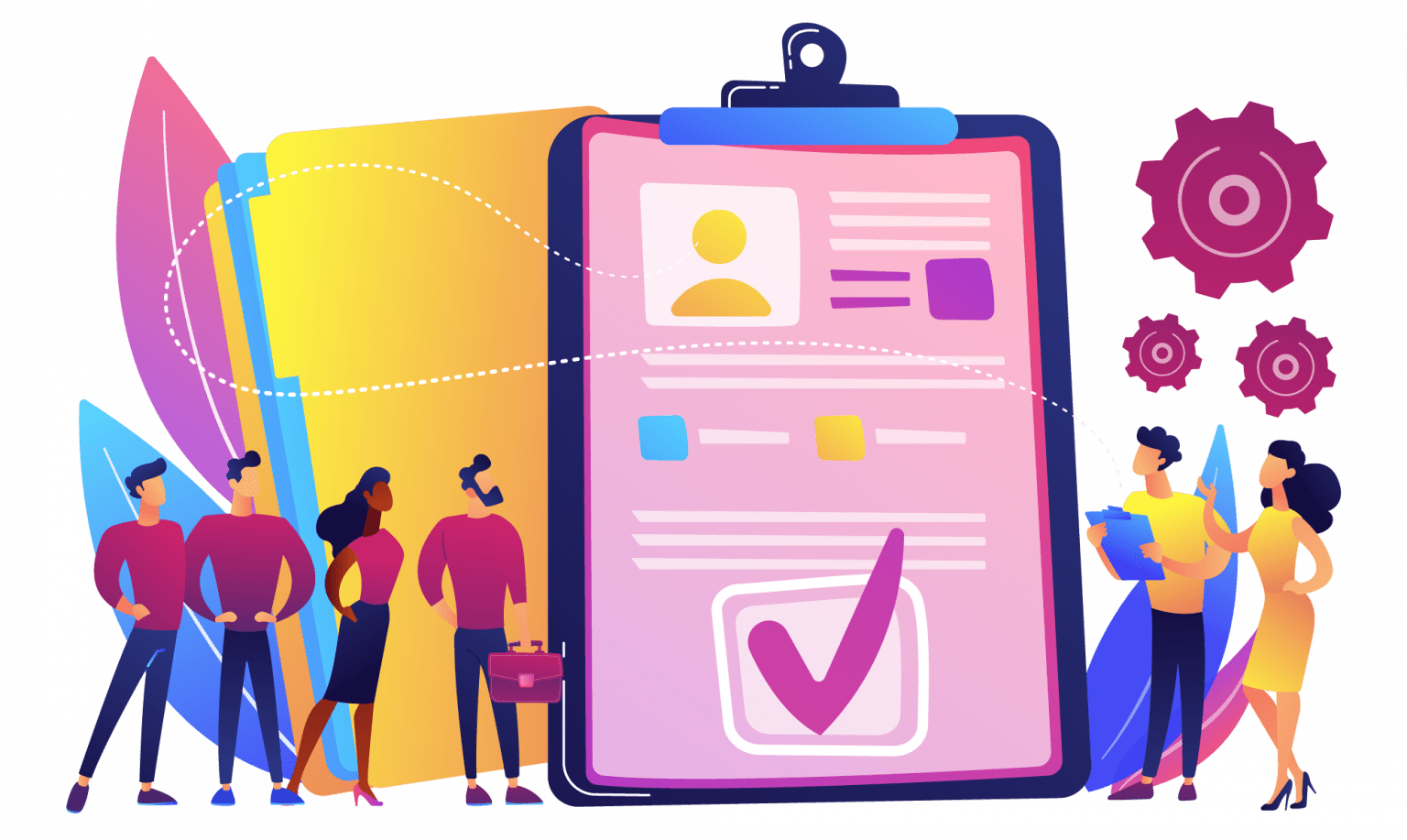


_4aRabbCHA.png?updatedAt=1701259087640)
